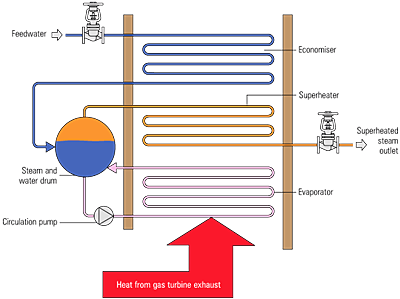WHICH IS THE CORRECT STATEMENT REGARDING HEAT TRANSFER?
A. Heat transfer rates increase as temperature difference increases.
B. The high temperature region is known as a heat sink.
C. The rate of heat transfer is not affected by construction materials.
D. Heat is always transferred at a constant rate.
THE ANSWER…
A. Heat transfer rates increase as temperature difference increases.
Knowledge of heat transfer is of great importance because of the frequent need to either increase or decrease the rate at which heat flows between two media. In comfort heating/cooling, without proper knowledge/design, you can have uncomfortably cold or hot living or working spaces. In process heating/cooling, you can have inefficiencies, slow production cycles, or product scrap. For instance, consider process air heating. In process air heating, steam is routinely used as a heating medium because of the ability to easily control the condensing temperature. Proper equipment and piping design is critical so the process operates efficiently and with minimum start-up time. Once operational, maintaining equipment longevity can be traced back to equipment selection and installation. Many times we can design your system to operate 15% more efficiently or more in terms of steam consumption. That’s money in the bank. The interplay of the equipment in the complete installation is one thing that we at Campbell-Sevey know very well. We sell all the equipment from the boiler room all the way to the point of use, like process air heating control valves, coils, and steam traps, to condensate return equipment. All these can affect your process air heating. We understand that. So what variables would affect the heat transfer rates? How can the rate of heat transfer be controlled? These are questions the expert team at Campbell-Sevey can answer for you based on your particular situation. Contact us today!Test Your Knowledge: Which is a correct statement concerning heat transfer?

